Kalasin

Situated in the northeastern region of Thailand, Kalasin is a charming mix of historical sites, cultural experiences, and beautiful landscapes. The area is famous for its dinosaur fossils, with Phu Kum Khao being home to the biggest collection in the country. Travelers are captivated by the various dinosaur-related attractions in Kalasin, making it a fascinating spot to visit in the Isan region. Discover this alluring destination with Asia King Travel!

History of Kalasin
Kalasin, with its ancient roots, traces back to prehistoric settlements where early human activity left its mark. During the Khmer Empire, Kalasin flourished, boasting remarkable temples and monuments that still grace the landscape. After the empire’s decline, successive Thai kingdoms - Sukhothai and Ayutthaya - influenced Kalasin’s culture.
In 1907, under King Chulalongkorn, Kalasin became an official province, marking an era of administrative progress. Today, Kalasin harmoniously blends ancient traditions with modern advancements, inviting travelers to explore Thailand’s captivating historical tapestry
Sirindhorn dinosaur museum
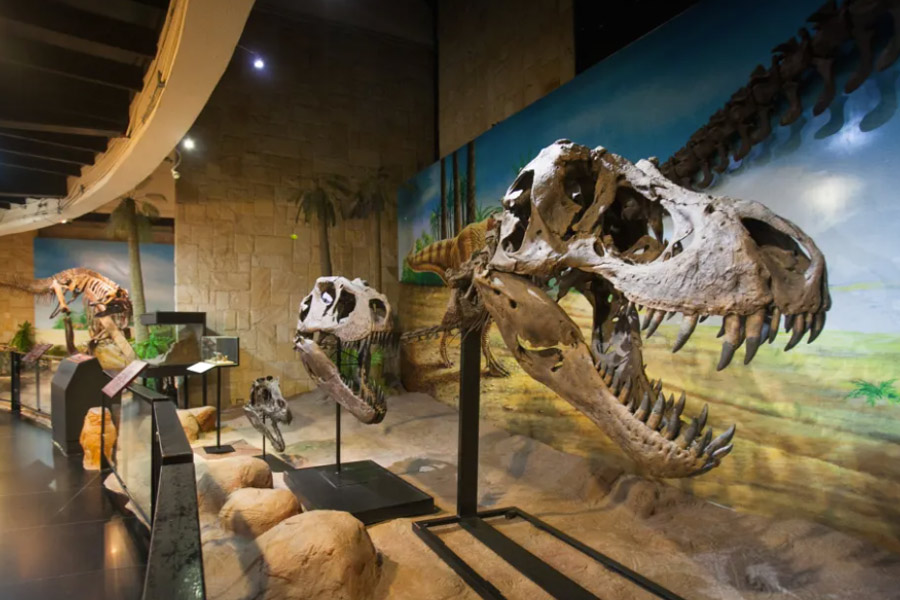
Sirindhorn dinosaur museum
The Sirindhorn Dinosaur Museum, located in Sahatsakhan district, is Thailand's first dinosaur fossil museum. It was constructed after dinosaur fossils were found at Phu Kum Khao, considered Thailand's most complete herbivore dinosaur site. The museum features eight zones showcasing Earth's origins, the Mesozoic Era with dinosaurs, the Cenozoic Era with mammals, and the excavation process. On display are fossils of unique species like Phuwiangosaurus sirindhornae, Psittacosaurus sattayaraki, and Siamosaurus suteethorni, along with lifelike replicas of Tyrannosaurus Rex and other dinosaurs.
Ban Khok Kong Phu Thai Cultural Village
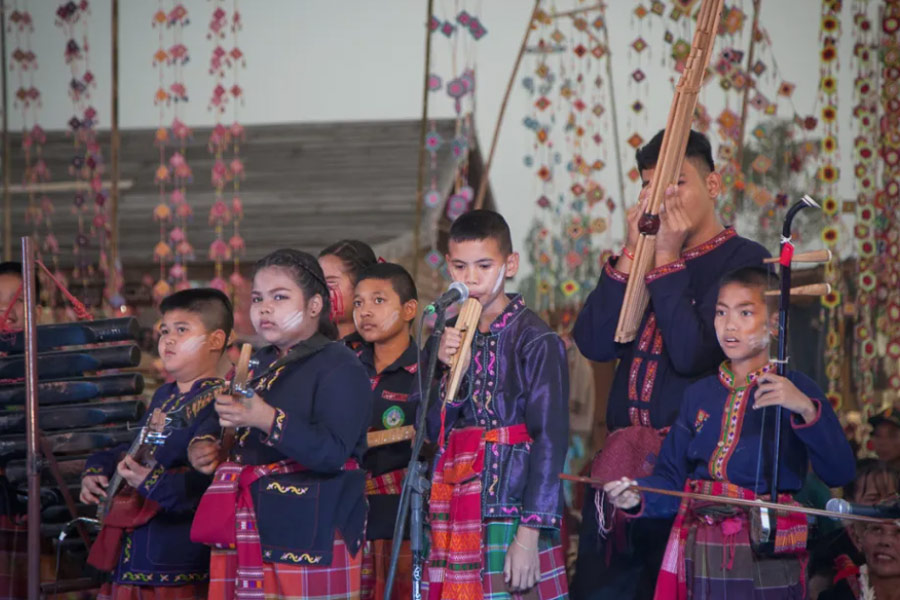
Ban Khok Kong Phu Thai Cultural Village
Ban Khok Kong, a Phu Thai hamlet in Kuchinarai district, is a learning center for Phu Thai ethnic culture and heritage, including Phu Thai shirt handicrafts, bamboo wickerwork, Khan Mak Beng embroidery (a type of Bai Sri tray made of banana leaves), and traditional musical and cultural events.
Makha Bucha Day celebration at Phrathat Yakhu
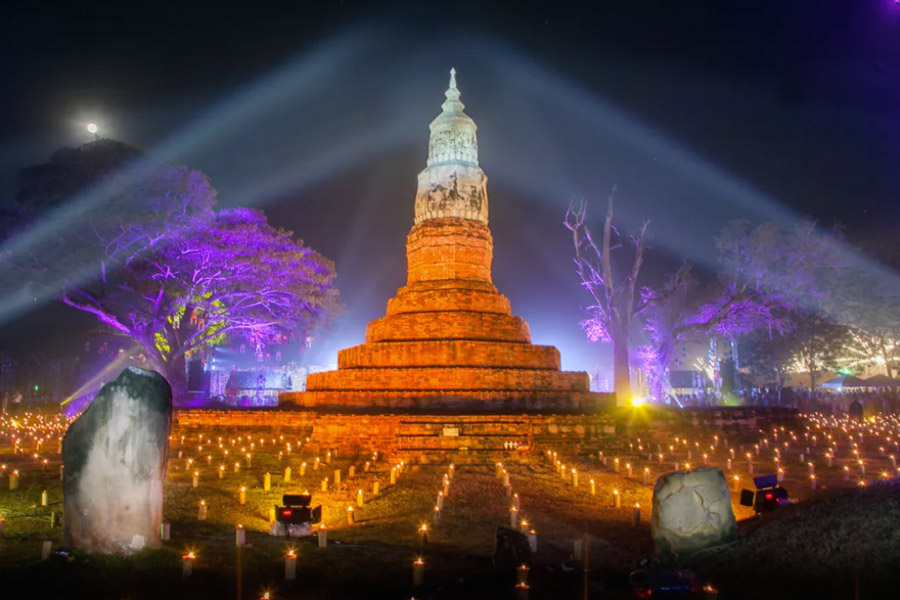
Makha Bucha Day celebration at Phrathat Yakhu
Phrathat Yakhu hosts one of Thailand's most distinctive Makha Bucha Day events each year. Highlights of the 10-day festival include a stunning parade and exhibition of over 1,000 traditional Isan flags or 'thung', as well as ceremonies to worship the stupa, which include daily traditional dances performed by a huge number of dancers.
The Rice Ear Castle, Bun Koon Lan tradition

The Rice Ear Castle, Bun Koon Lan tradition
"The Rice Ear Castle" is the highlight of the Ban Ton community's yearly Bun Kun Lan celebration in Mueang district. Locals harvest rice ears from their field to construct a beautifully ornamented castle that takes around three months to complete. The rice ears castle is used to execute the rice offering ceremony in the Bun Kun Lan tradition, which takes place after harvesting to thank the Goddess of Rice or Phra Mae Phosop for a fruitful crop. The festival is held yearly at Wat Sawettawan Wanaram.
When dining at Kalasin, enjoy the bright tastes of traditional Isaan cuisine, which captures the spirit of northeastern Thailand. With an array of tastes to appreciate, Kalasin promises a gourmet adventure that will excite your senses and leave you wanting more.
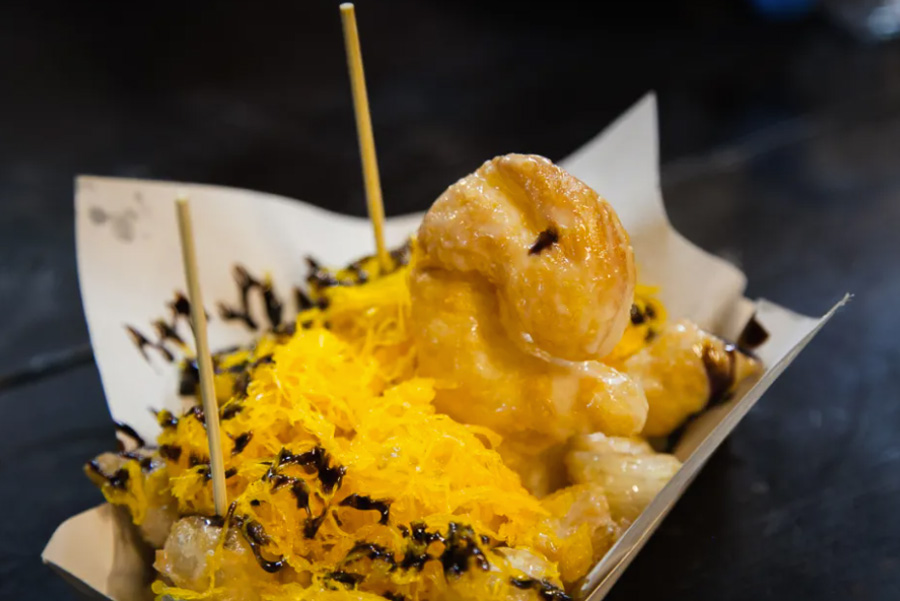
What to eat in Kalasin
Culinary pleasures - the fiery, sweet, sour, and salty flavors of the Isan kitchen table may be savored at Kalasin, including the ever-popular Kai Yang (grilled chicken), Som Tam (green papaya salad), and a variety of spicy meals. Khao Chi (grilled sticky rice with egg) and Khanom Dae-Nga (rice cake with almonds and sesame seeds) are good options for those with a sweet appetite. Some sites include dinosaur-shaped food as a humorous reminder that guests are visiting "The Land of Dinosaurs."
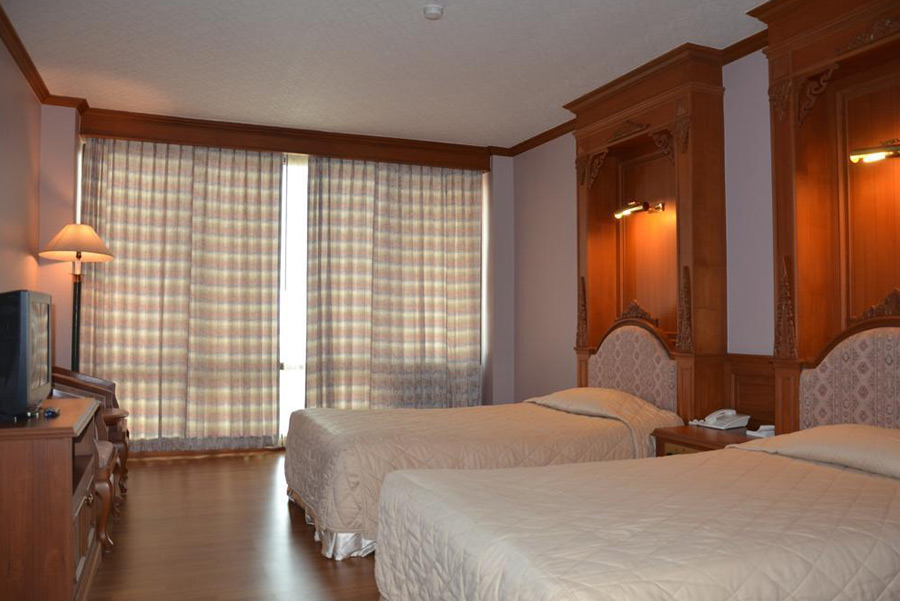
Where to stay in Kalasin
With so many alternatives available, tourists are sure to find the ideal spot to stay while discovering the beauties of Kalasin Province. Numerous hotels and resorts are accessible in Kalasin's city center, including The Rimpao Hotel, The Imperial Hotel & Convention Centre Kalasin, and Phu Phan Palace Hotel. Alternatively, for a more thorough experience in local culture and hospitality, guesthouses and homestays in rural regions or small villages provide comfortable lodging. Nature lovers can choose eco-lodges and nature retreats in the nearby area, which provide chances for outdoor activities.
The cost of going to Kalasin varies based on a number of factors.
The greatest time to visit Kalasin is during the chilly and dry season, which runs from November to February. During this period, the weather is good, with lower temperatures and less rain, making it excellent for outdoor sports and exploration. Furthermore, several festivals and cultural events take place during this time, giving tourists a rare opportunity to experience local customs and festivities.
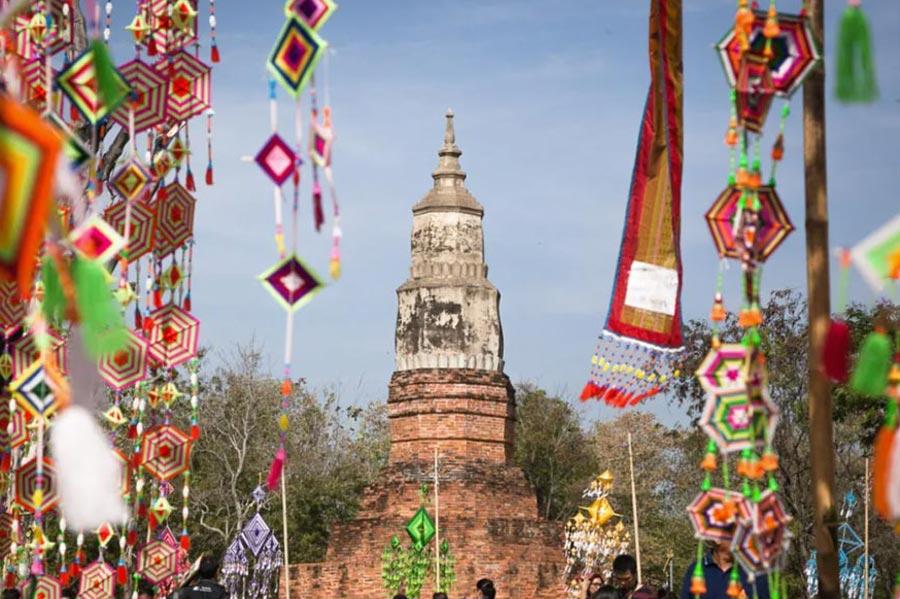
Best time to visit Kalasin
The hot season, which runs from March to May, is often the least suitable time to visit owing to high temperatures and humidity, while it may still be nice for those who don't mind the heat.
By car: Kalasin is 519 km from Bangkok. Take Highway No. 2 from Bangkok via Saraburi to Nakhon Ratchasima till you reach the Ban Phai district in Khon Kaen province. Continue on Highways 23, 213 and 209 (Maha Sarakham-Kalasin).
By bus: There are daily air-conditioned and standard bus services from Bangkok to Kalasin.
By train: Travel from Bangkok to Khon Kaen, then take a 75-kilometer bus ride to Kalasin.
By plane: Kalasin does not have an airport, although surrounding provinces - Khon Kaen, Udon Thani, and Sakon Nakhon - have daily domestic flights to Bangkok. Then take the bus to Kalasin
Read more: